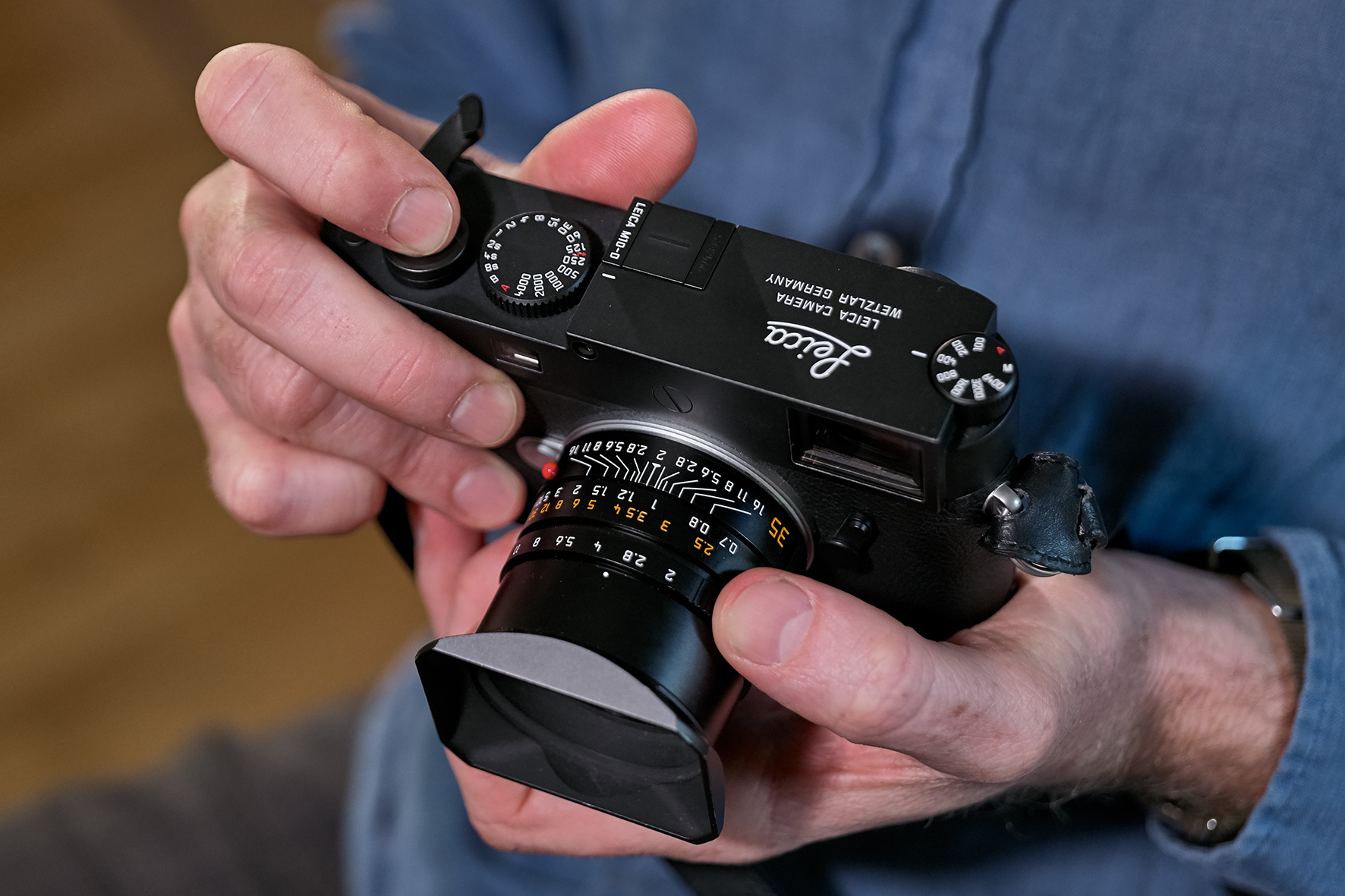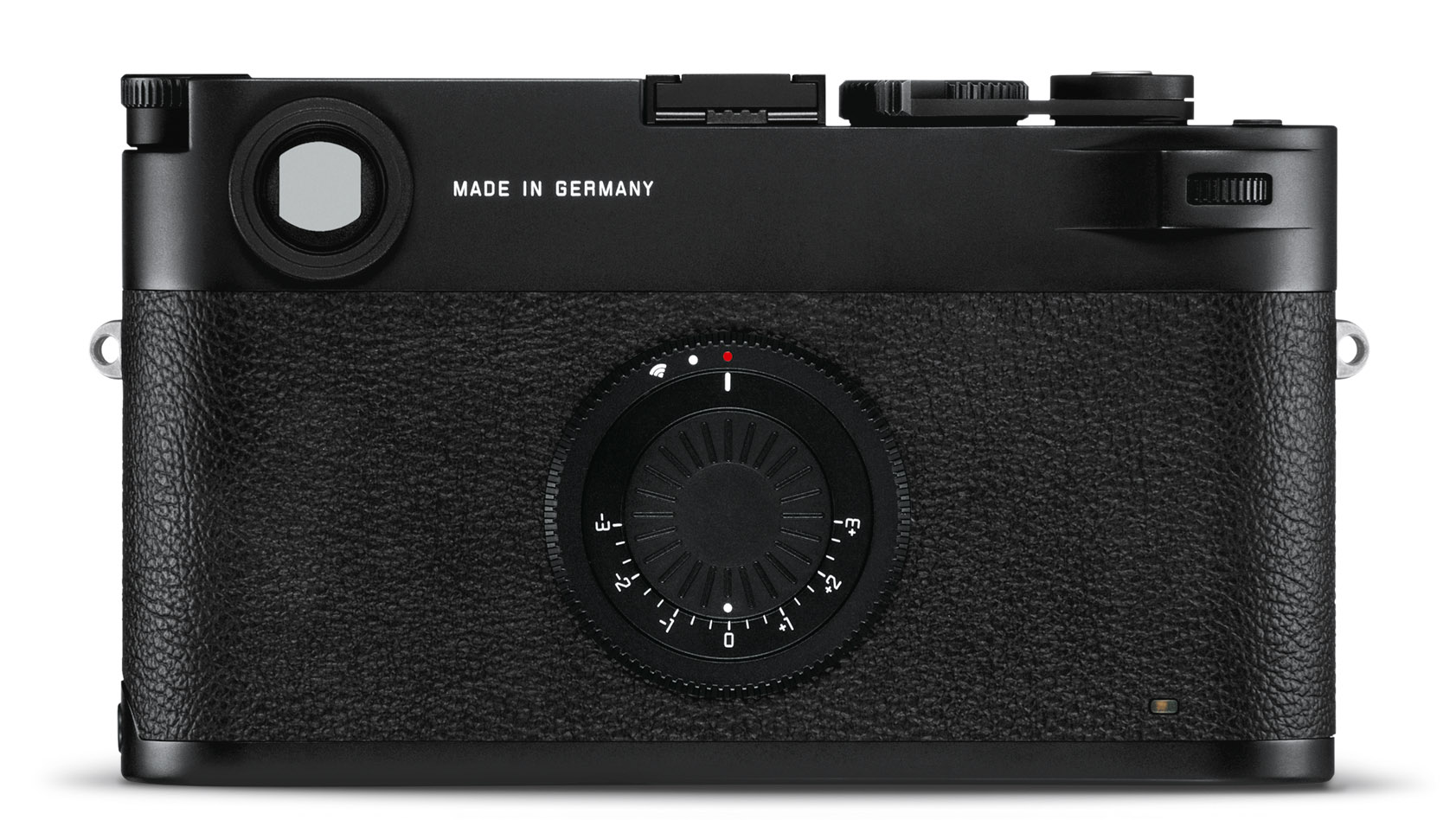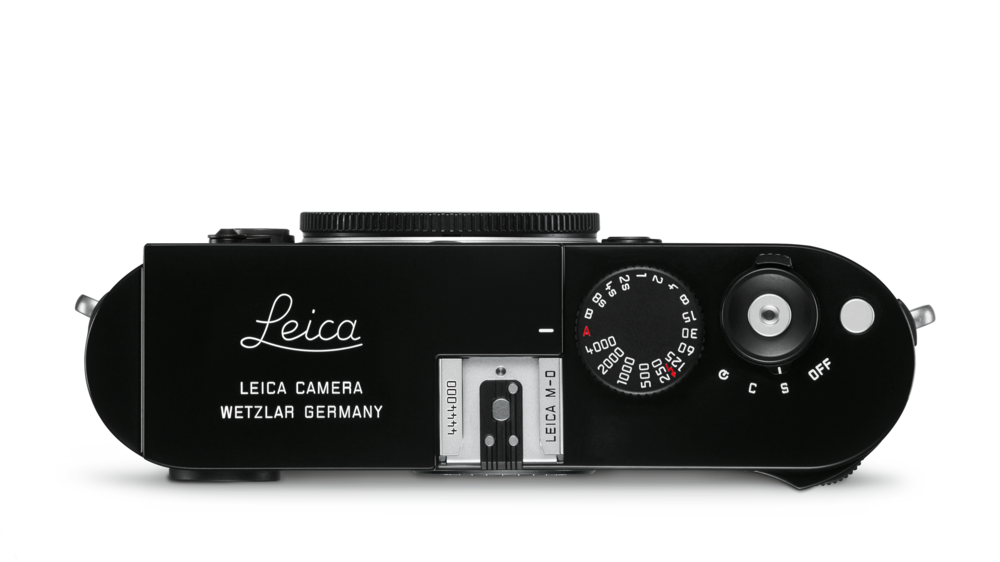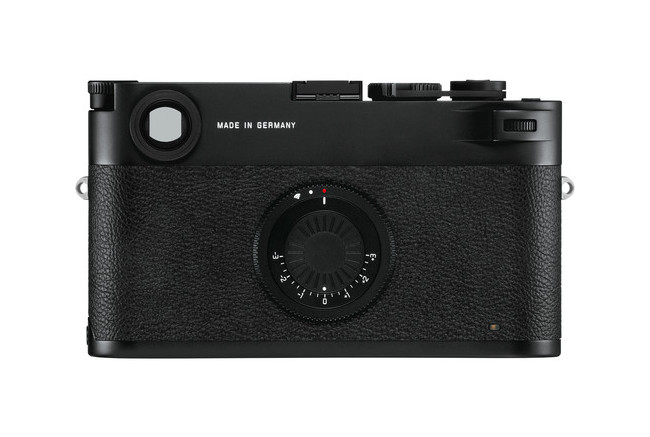
If you’ve ever yearned for the authentic “shooting film” experience on a digital camera, you might have tried every trick in the book. Perhaps you’ve limited your shots to a mere 24 or 36, used a low-capacity SD card, or even opted to shoot exclusively in black-and-white to capture that nostalgic essence.
But there’s one camera that has consistently stood out to me as the epitome of this hybrid experience—a camera that balances a digital workflow with the soul of an old film camera: the Leica M10-D. Now the rumor mills have been turning and it looks like the Leica M11-D will be coming – but we have now read that the launch is delayed yet again.

In a world where screens dominate every digital device, Leica dared to remove it entirely, with the M-D series of cameras, leaving behind a beautifully minimalist design that mirrors the classic film cameras of yesteryear. When it was first released, this screenless marvel cost a whopping $7,000, and I have always longed to own one. For me, it represents the pinnacle of analog shooting in the digital age.
Yet, my dreams of owning the Leica M-D have remained just that—dreams. The camera is either too elusive on the second-hand market or far too expensive for my current budget.
But hope springs eternal, and rumors are swirling that Leica will launch the Leica M11-D later this year. The Leica M11-D promises to be another step forward in blending digital technology with the tactile joy of analog photography, and if it does see the light of day, I’ll be the first in line to get my hands on one.

The -D series in the M-camera lineup has a fascinating history, beginning with the Leica M-D (Typ 262), which made its debut in 2016. This was the first time Leica removed the rear LCD screen and buttons, replacing them with a back ISO panel reminiscent of Leica’s iconic M film cameras.
In place of the screen, the M-D featured an ASA dial, now updated with ISO markings linked to the camera’s electronics, and it shot exclusively in RAW DNG. This innovative design was a game-changer for photographers who craved a digital camera that felt like an analog one. It also allowed users to change camera settings and preview images directly on their phones—an early precursor to the connectivity features we love in today’s Leica M11, M11 Monochrom, and the newly announced Leica M11-P.
Now, I know some of you might think I’m a bit mad for desiring a camera without a screen in this day and age, and some might even say Leica is crazy for producing such a device. But honestly, when Leica releases the M11-D, it will be the perfect digital companion to my cherished Leica M2 and my CCD-sensor-based Leica M-E.
There’s something irresistibly quirky and wonderfully unconventional about the -D series that draws me in. The idea of owning and using one daily fills me with excitement and anticipation. At this point, I don’t just want one—I need one!

Adding to the suspense and excitement is the recent leak of the entire manual for the yet-to-be-officially-announced Leica M11-D. According to LeicaRumors, this significant piece of news slipped onto the internet, offering a tantalizing glimpse of what’s to come.
While this might be a blow to Leica’s meticulously planned launch, for me and countless other Leica enthusiasts, it’s a beacon of hope that the camera we’ve been dreaming of is indeed on its way.
So, to all fellow Leica aficionados and those who share my passion for the unique and the exceptional, let’s keep our fingers crossed. The Leica M11-D, with its perfect blend of digital precision and analog charm, might soon be a reality. And when it is, I’ll be ready to welcome it into my collection with open arms.







